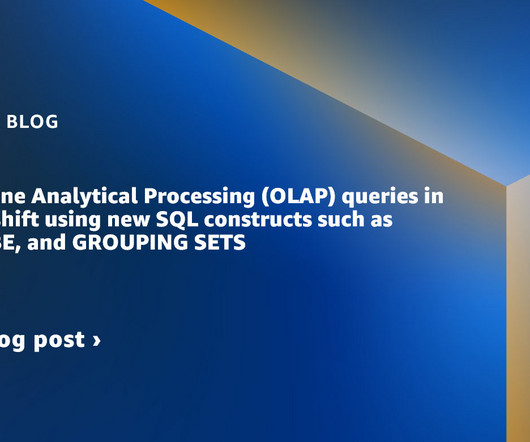The Indian Business Responsibility and Sustainability Report (BRSR) explained
IBM Big Data Hub
JULY 6, 2023
Businesses need to demonstrate with clear data and examples on how they are integrating fundamental principles in their key processes and measuring these decisions through KPIs. This data can be sliced and diced to align to the needs of multiple reporting frameworks as required. The above helps improve reporting efficiency.













Let's personalize your content